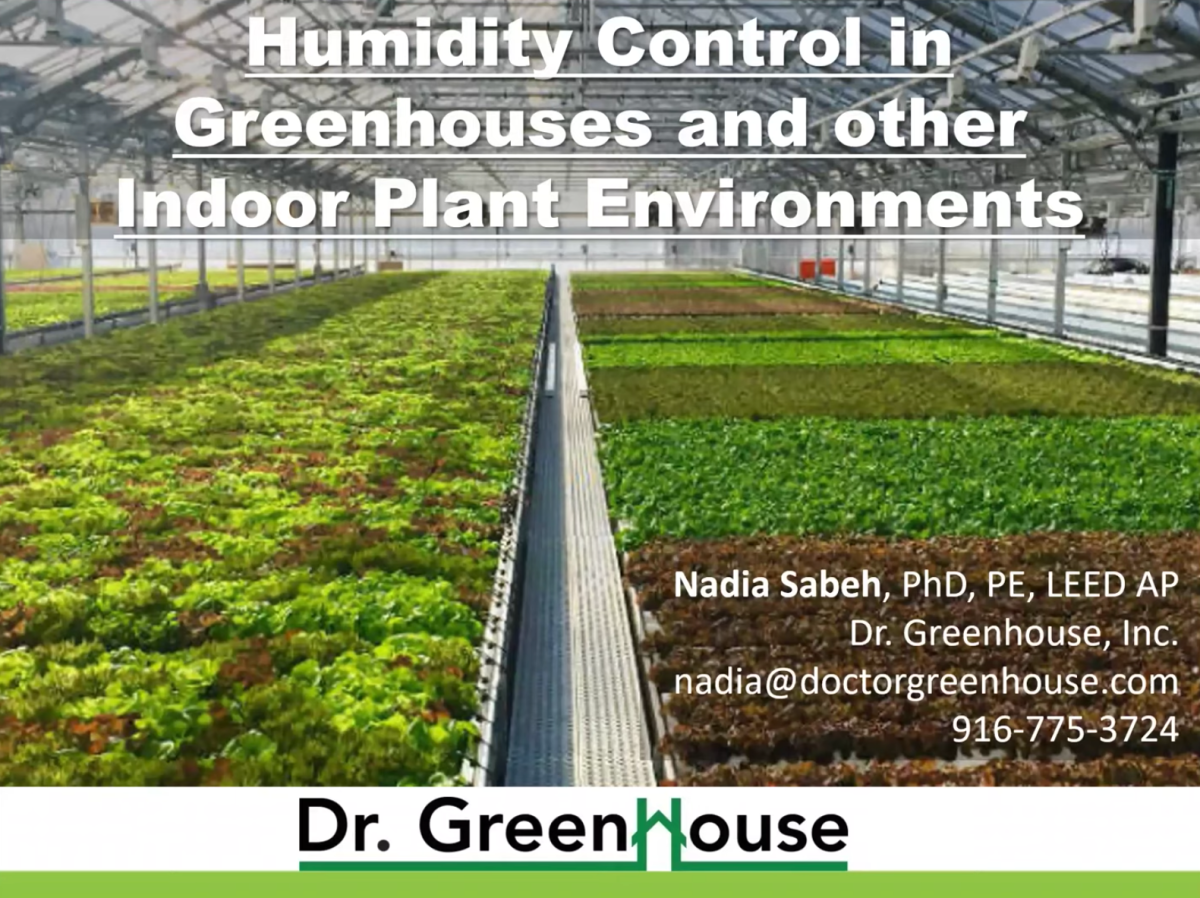Greenhouses provide a controlled environment for growing crops, which can be affected by fluctuating humidity levels. Excess humidity can result in the proliferation of fungi, molds, and pests that can damage crops, while low humidity can lead to stunted growth and reduced yield.

Dehumidification systems are designed to remove excess moisture from the air, which can lead to a more comfortable and healthier environment for plants. Here are some of the benefits of using a greenhouse dehumidification system:
1. Improved crop yield and quality
Controlling the humidity levels in a greenhouse can improve the quality and yield of crops, thereby increasing profits for growers. High humidity can lead to the growth of molds and fungi, which can damage crops and reduce their quality. Additionally, low humidity can cause wilting and dehydration, which can lead to stunted growth and reduced yield.
2. Prevent mold and fungus growth
Mold and fungus thrive in high humidity environments, and greenhouses provide the perfect conditions for their growth. Regular use of a dehumidification system can prevent the development of mold and fungus, reducing the risk of crop damage and loss.
3. Prevent pests and diseases
Pests and diseases thrive in warm and humid environments, and greenhouses can provide such environments for them. Dehumidification systems can help prevent the proliferation of pests and diseases in greenhouses, reducing the risk of crop damage and loss.
4. Energy efficiency
Dehumidification systems can help reduce energy costs associated with cooling and ventilation. By removing moisture from the air, dehumidifiers can help reduce the workload of HVAC systems, making them more efficient and cost-effective.
Choosing the Right Greenhouse Dehumidification System
When choosing a greenhouse dehumidification system, there are a few factors to consider. These include the size of the greenhouse, the crops being grown, and the desired humidity levels. Some popular dehumidification systems include desiccant dehumidifiers, refrigerant dehumidifiers, and heat pump dehumidifiers.
Desiccant Dehumidifiers
Desiccant dehumidifiers are ideal for use in greenhouses with high humidity levels. They use a chemical drying agent to remove moisture from the air, making them very efficient in high humidity environments.
Refrigerant Dehumidifiers
Refrigerant dehumidifiers are the most common type of dehumidifiers used in greenhouses. They use a condensation process to extract moisture from the air, making them ideal for use in smaller greenhouses.
Heat Pump Dehumidifiers
Heat pump dehumidifiers are the most energy-efficient type of dehumidifiers. They use a reverse cycling process to remove moisture from the air, making them ideal for use in large greenhouses with high humidity levels.
Conclusion
Greenhouse dehumidification systems play a vital role in maintaining the ideal climate conditions for plant growth and development. With the right dehumidification system in place, growers can achieve the desired humidity levels, prevent the proliferation of pests and diseases, and increase the yield and quality of their crops. When choosing a dehumidification system, it is important to consider factors such as greenhouse size, crop type, and desired humidity levels, to ensure the most efficient and cost-effective solution is implemented.